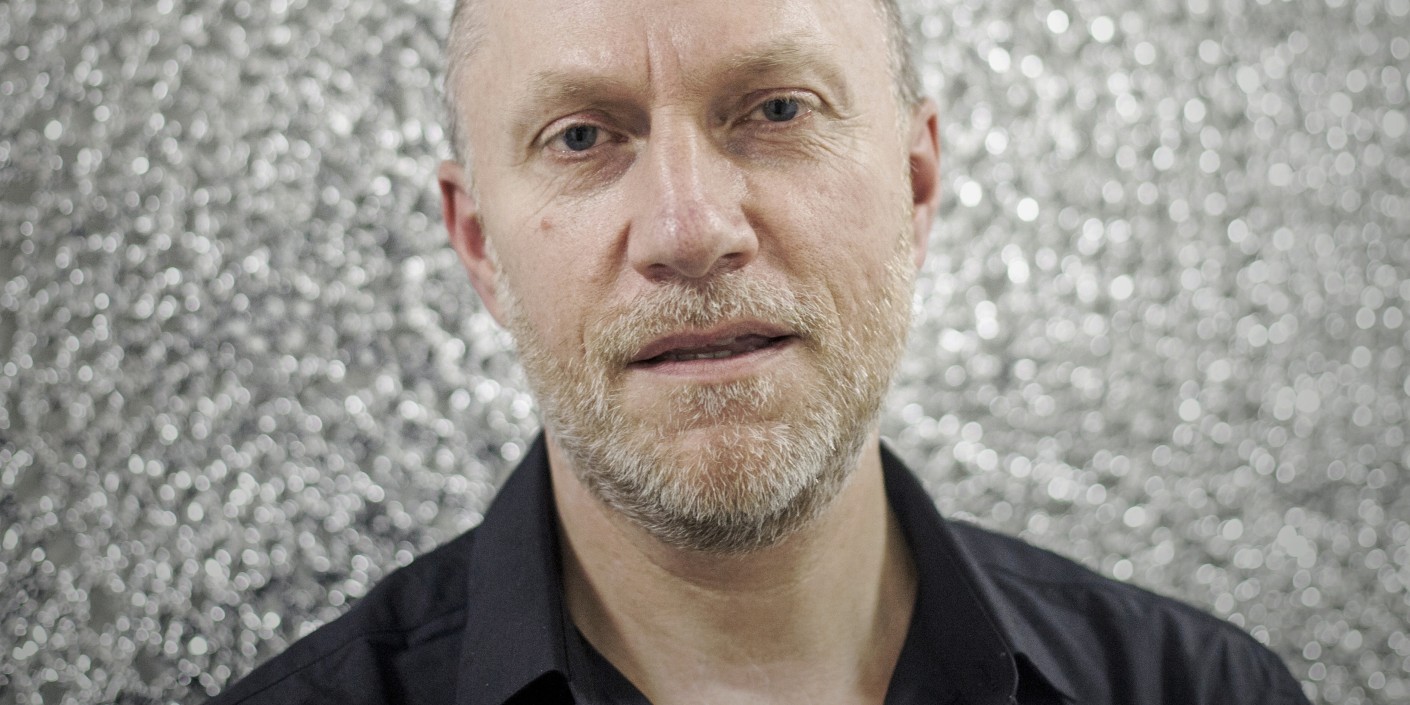
CAN DISCRIMINATION BE POSITIVE AT ALL? The place, significance and perspectives of contemporary Roma art in the global cultural universe
October 20, 2023 17.00
Panel discussion
The estimated number of Roma people living in Europe is around 10 million, but despite their significant population, art of the Romani people is underrepresented in both private and public institutions and art events. Perhaps the most relevant question to be asked is whether the recognition and positioning of contemporary Roma art is better served by considering it an integral part of the global contemporary art system and cultural heritage, or by defining it as a distinct minority or ethnic cultural phenomenon in need for some kind of positive discrimination. This discussion aims to contribute to the much needed professional discourse on answering this question, lining up arguments both in favor of integration on one hand, and some degree of exclusion on the other, arguing to join the canon or rather advocating for supportive discrimination. Roma artists often receive labels such as "naive", "folk" or "self-taught", while it would probably be more appropriate to formulate categories that help break free from stereotypes and create a fair representation of the diversity within the Roma community. Although the increasing attention to the contemporary Roma culture is certainly an encouraging sign, as was indicated at the latest Documenta, the international event that tends to have a sensible impact on trends in the art world.
What does it mean to be a Roma artist, and what are the professional and social challenges that come with it? What difficulties do Roma artists have to face in the broadly interpreted art world / market? What is the traditional role and where is the place of Roma art in European culture? How can the majority's perception of the Roma and the Roma self-image be brought closer to one another? What can institutions do to successfully incorporate Roma art in the global cultural heritage? Is it important or appropriate for an artist to identify themselves as Roma, or even emphasize their Roma identity? What are the chances of Roma artists succeeding and persevering in the art world? May art play a role in fighting social inequality? And if it does, shall this influence the professional and commercial recognition of Roma art?
Speakers:
Daniel BAKER – Roma artist, Researcher and Curator - Kent, London
Nadine GANDY – founder of Gandy Gallery and Zoom Europe - Prague, Bratislava
Éva Judit KOVÁCS – Sociologist, Research professor at the Center of Social Sciences,
Budapest, deputy director of academic affairs at the Vienna Wiesenthal Institute for
Holocaust Studies - Budapest
Nihad Nino PUSIJA – Photographer, the Artist of the 1st Roma Pavilion at the Venice
Biennale in 2007 - Berlin
Moderated by:
Lili KRISTON - Art Manager, Curator, Romani Design - Budapest
